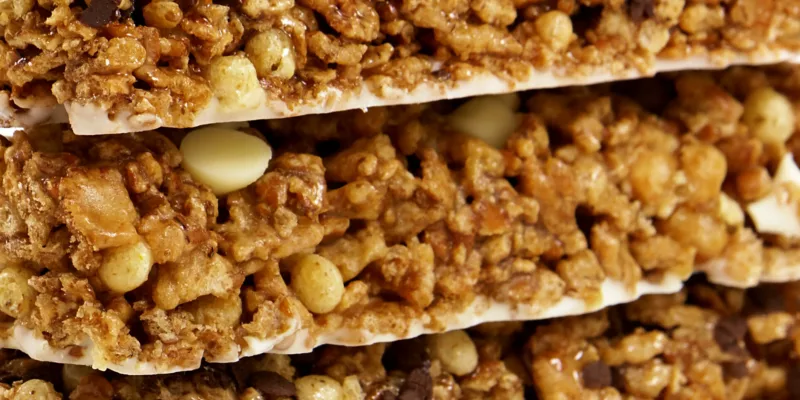
Bulking agents can come in nutritive and non-nutritive formats to help replace or increase total solids in foods and supplements.

Bulking agents can come in nutritive and non-nutritive formats to help replace or increase total solids in foods and supplements.